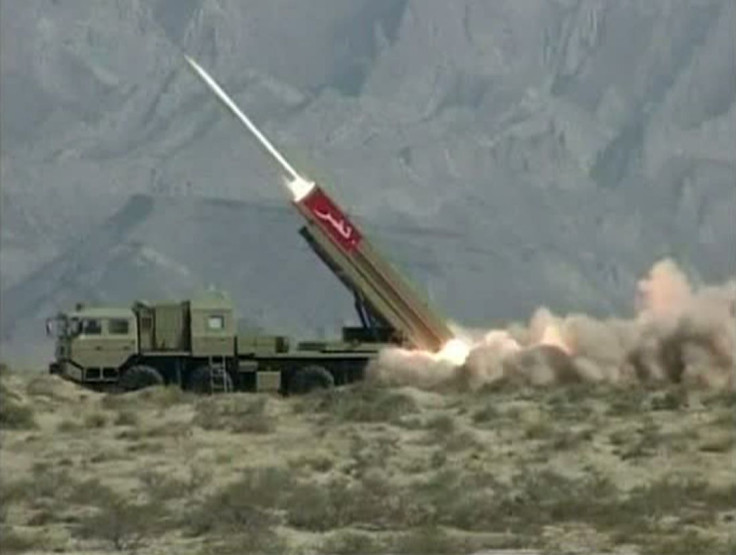Pakistan Tests Nuclear-Capable Ballistic Missile As Narendra Modi Reelected India's Prime Minister

The Pakistani military announced Thursday it had successfully tested a surface-to-surface nuclear-capable ballistic missile. It was the same day that election results were announced in neighboring country and long-time rival India, where Prime Minister Narendra Modi was reelected to office for a second term..
“Pakistan conducted successful training launch of surface-to-surface ballistic missile Shaheen-II. The training launch was aimed at ensuring operational readiness of Army Strategic Forces Command. Shaheen-II missile is capable of carrying both conventional and nuclear warheads upto a range of 1,500 kilometers [932 miles]. Shaheen-II is a highly capable missile which meets Pakistan’s strategic needs towards maintenance of desired deterrence stability in the region,” Pakistani military's media wing, Inter-Services Public Relations (ISPR), stated in a press release which also included a video of the test.
According to Center for Strategic and International Studies (CSIS), Shaheen II is the precursor to Shaheen-III, Pakistan’s longest-ranged missile, which is still in development. The latter weapon is a two-stage, solid-fueled, medium-range ballistic missile, and can travel 2,750 kilometers.
The additional range from Shaheen-II would allow the missile to target Indian Andaman and Nicobar Islands in the Bay of Bengal, General Khalid Kidwai, the former head of the Strategic Plans Division, said. “Pakistan is also working to equip the Shaheen-III with multiple independent reentry vehicles [MIRV] as a response to Indian attempts to develop a missile defense capability,” according to CSIS.
Pakistan’s military arsenal includes mainly short and medium-ranged ballistic missiles, but the country is also making strides in developing cruise missiles. It has received significant support from China in developing its nuclear and missile programs, and has also benefitted from the cooperation of Iran and North Korea.
After fighting three major wars since 1947 over the disputed region of Kashmir, India and Pakistan came to the brink of war again this year. In February, a suicide bomber struck an Indian paramilitary convoy in Kashmir, killing over 40 security personnel. After Pakistan-based militant group Jaish-e-Mohammed (JeM) reportedly claimed responsibility for the bombing, Indian jets launched airstrikes inside its neighboring country, in what New Delhi claimed were efforts to eradicate a training camp of the militant group.
The next day, Pakistan retaliated by conducting airstrikes of its own, shooting down an Indian plane in the process and capturing its pilot. Islamabad returned the pilot to India amid international pressure to end the conflict, but tensions remained high between the two nations.
Last month, Pakistan Prime Minister Imran Khan offered to start talks with India to resolve the Kashmir issue. “We want to build a civilized relationship with our eastern neighbor and there is a possibility that if we can resolve the Kashmir issue, through dialogue, things can improve,” he said, after a meeting with Chinese President Xi Jinping, the Times of India reported.
On the same day as the test launch, Modi's Bharatiya Janata Party (BJP) experienced a landslide victory in the Indian general election, ensuring a second term for him as prime minister of the world's largest democracy.
"I congratulate Prime Minister Modi on the electoral victory of BJP and allies. Look forward to working with him for peace, progress and prosperity in South Asia," Khan wrote in a congratulatory tweet.
In reply, Modi wrote, “Thank you PM @ImranKhanPTI. I warmly express my gratitude for your good wishes. I have always given primacy to peace and development in our region.”
© Copyright IBTimes 2024. All rights reserved.






















